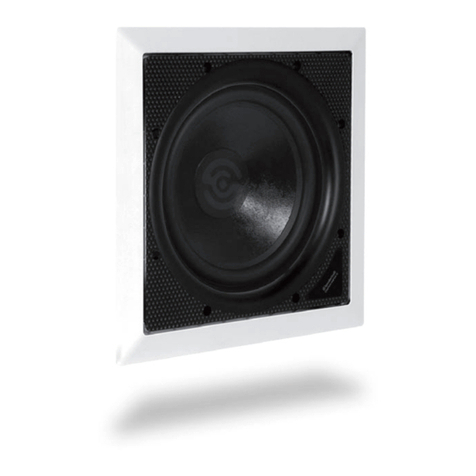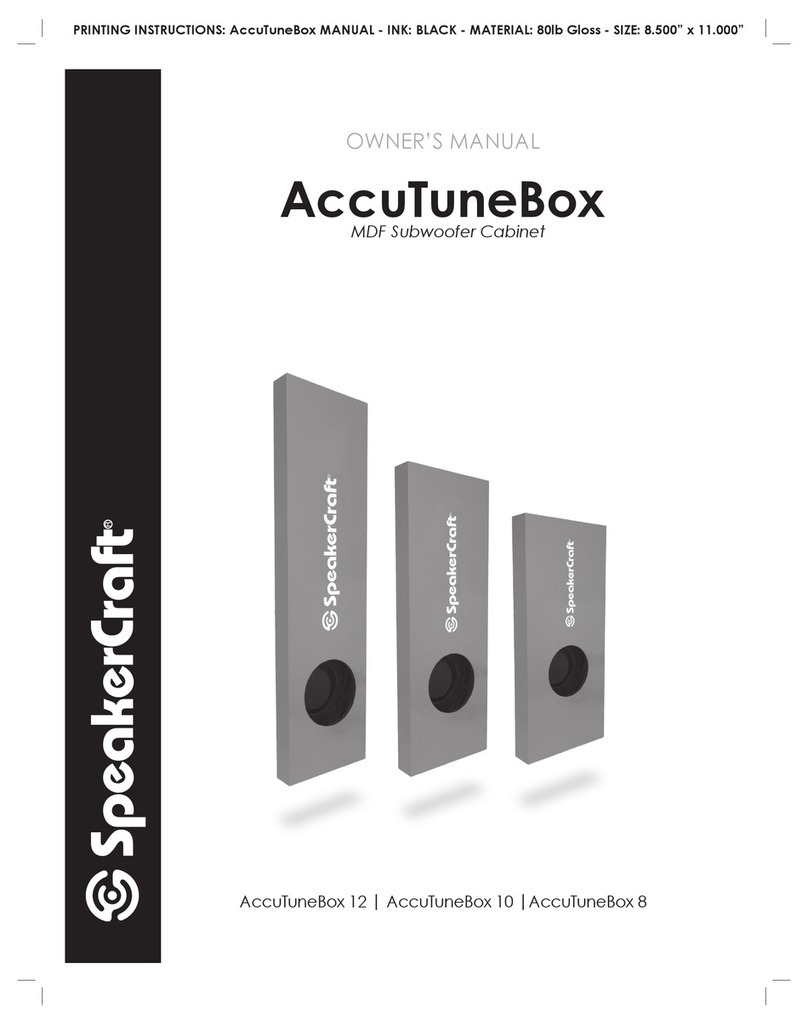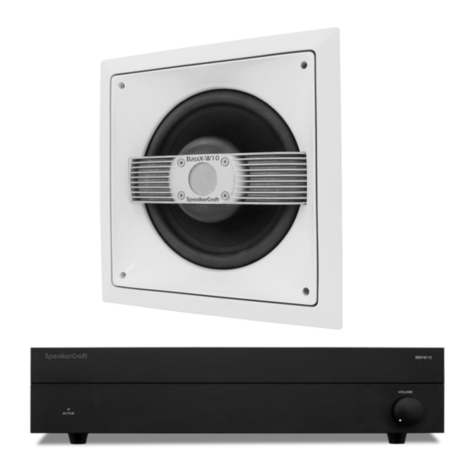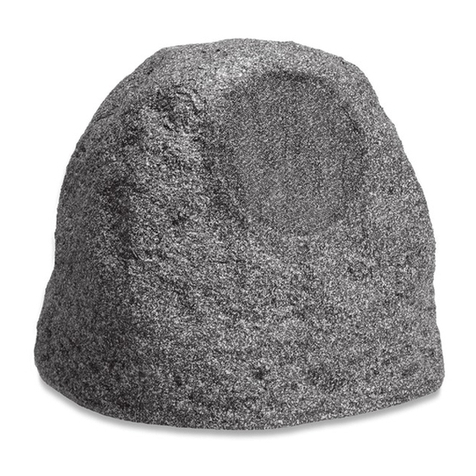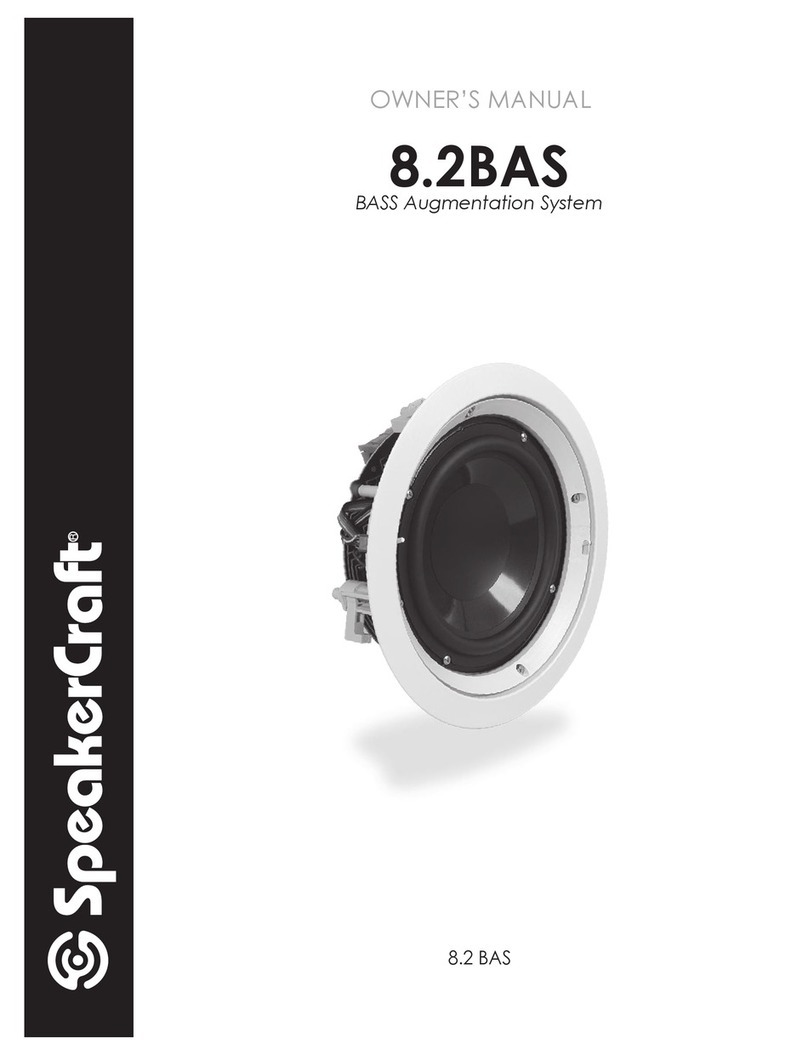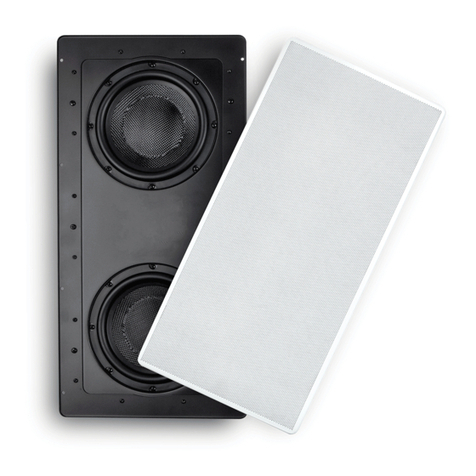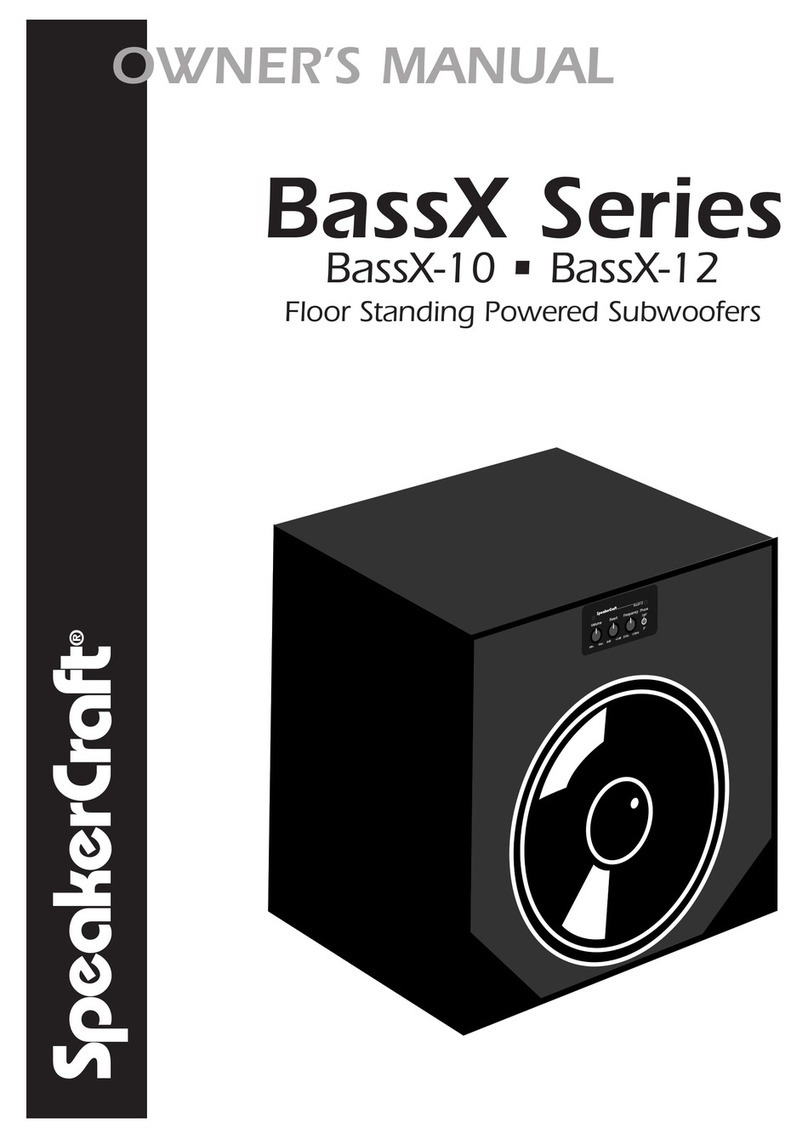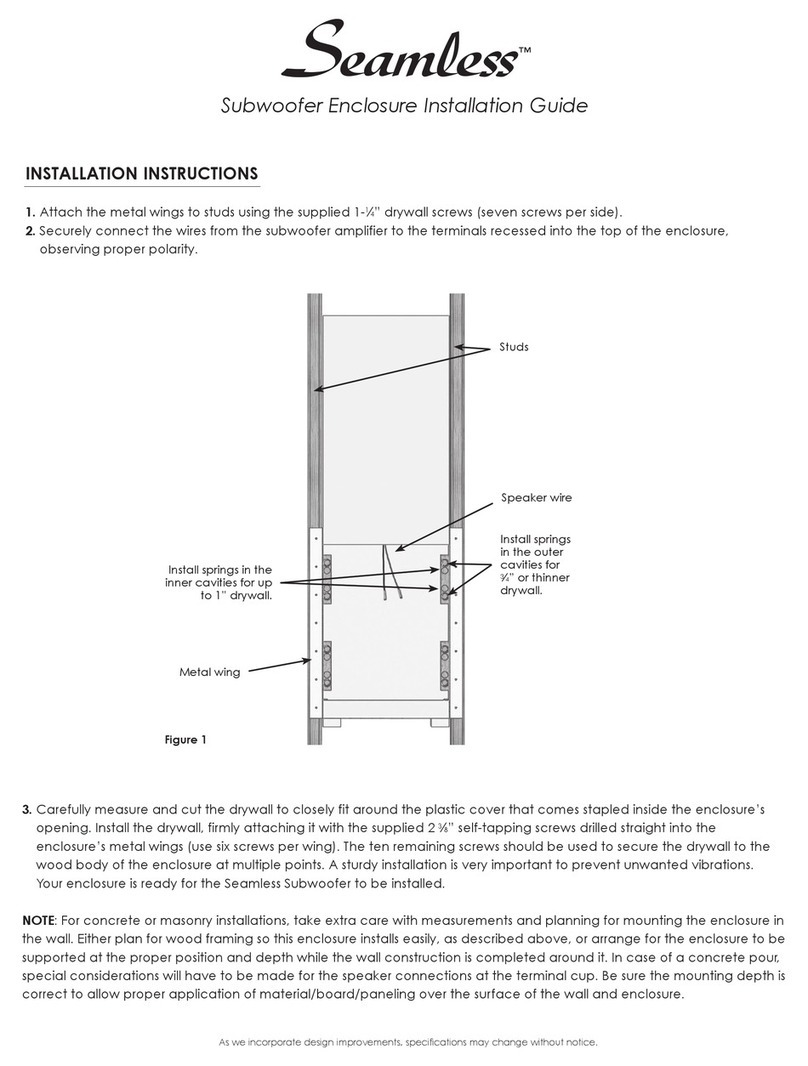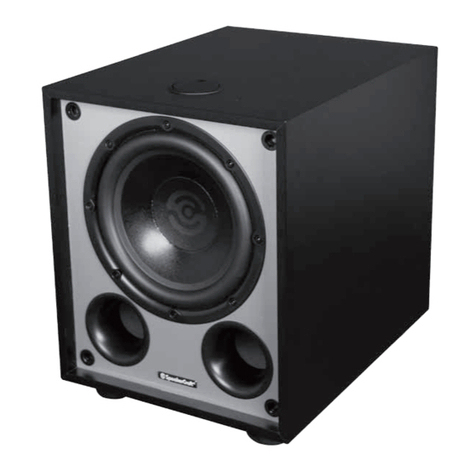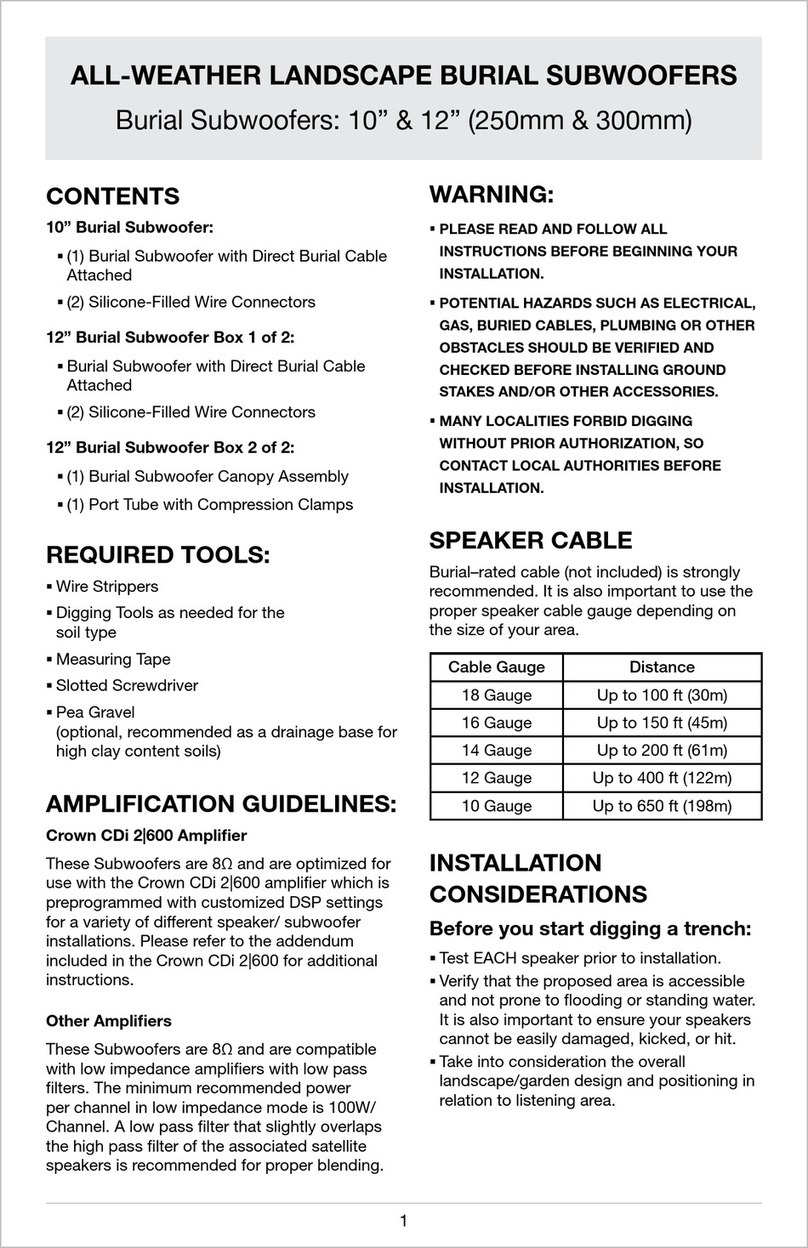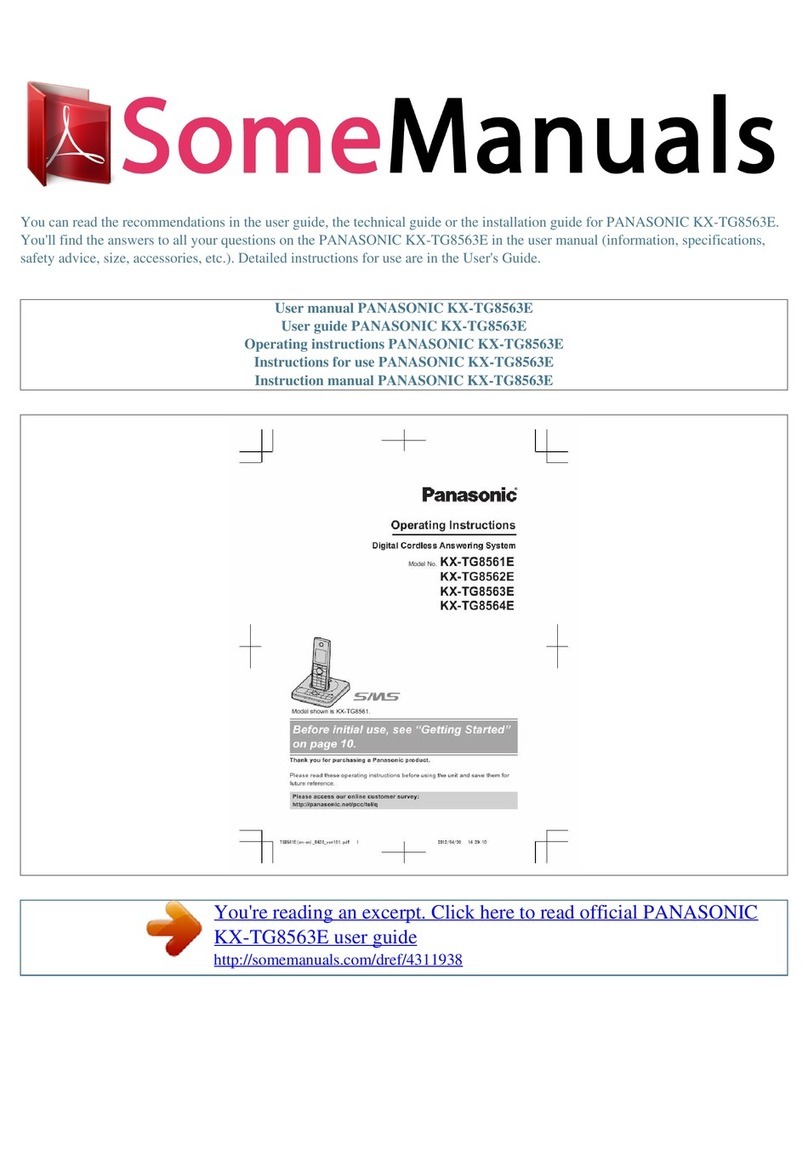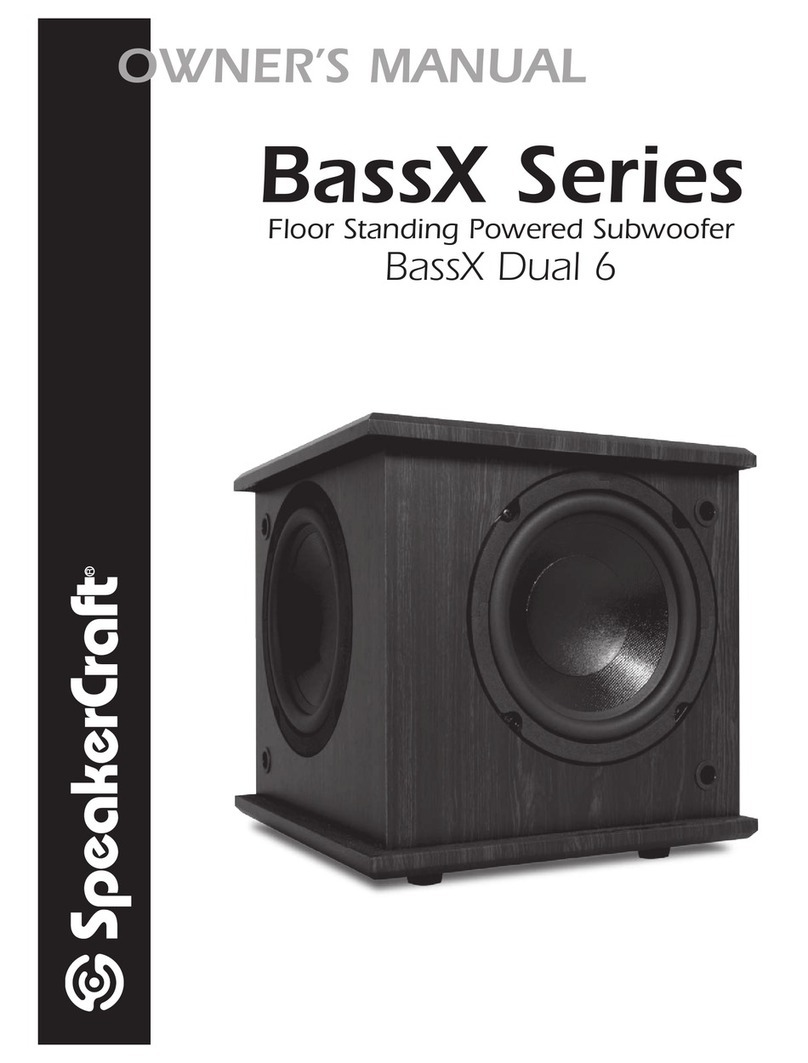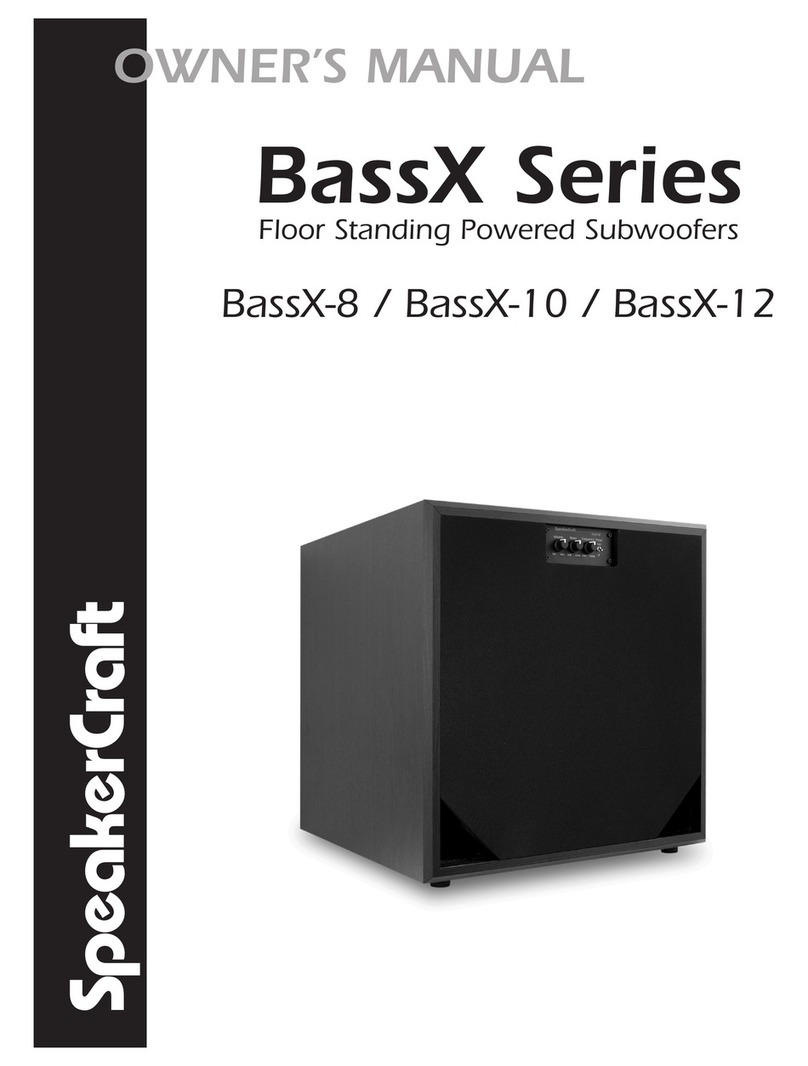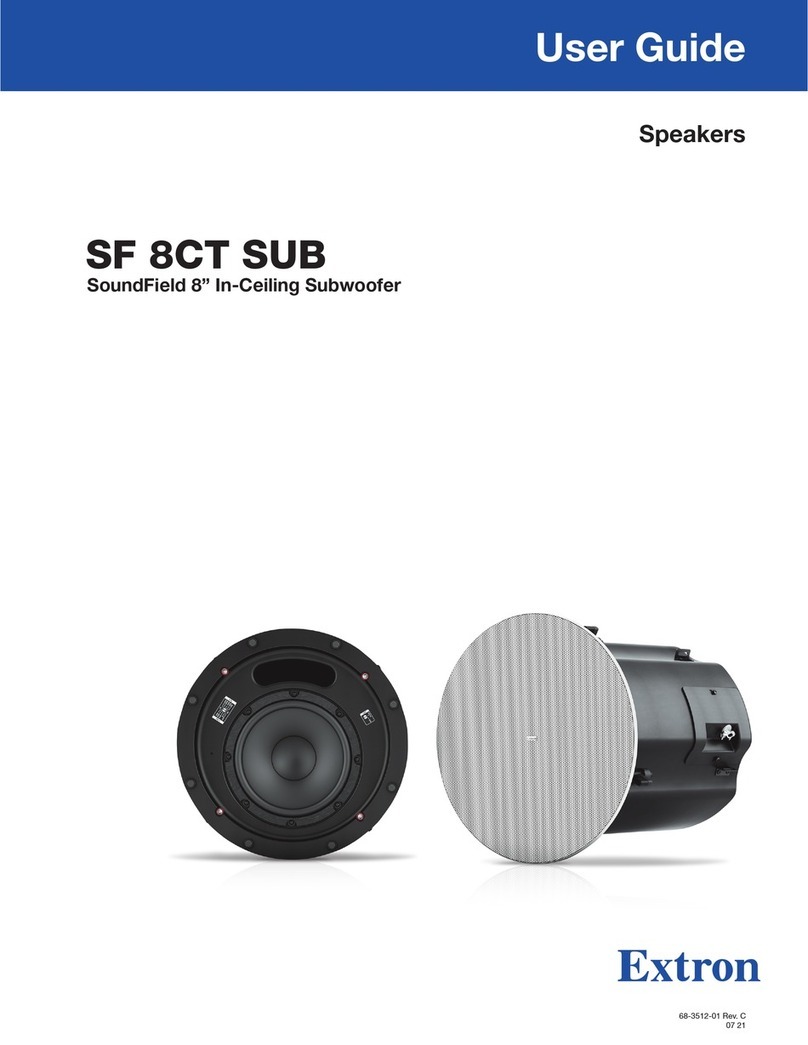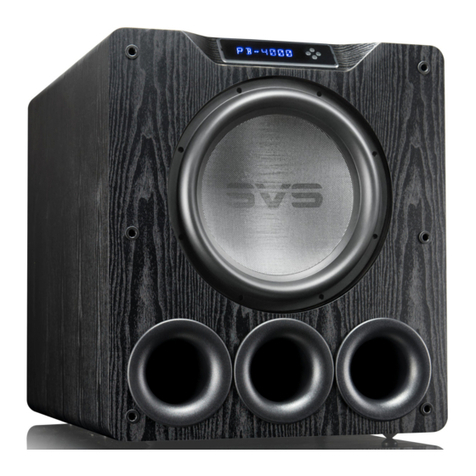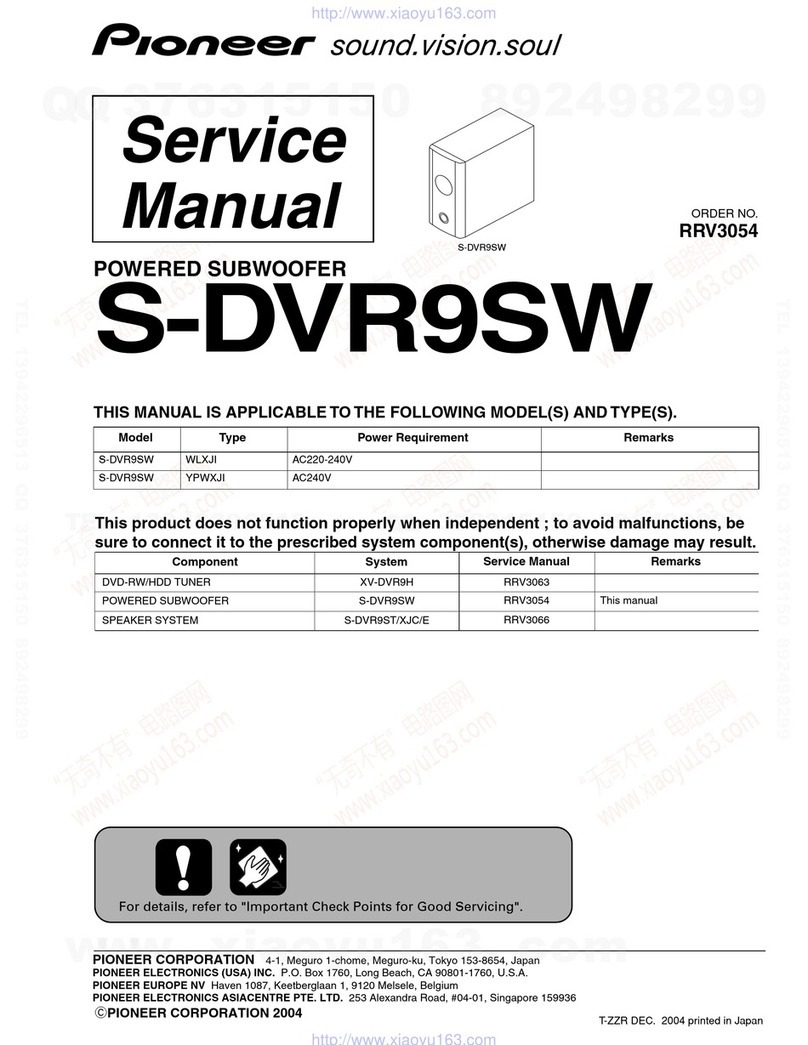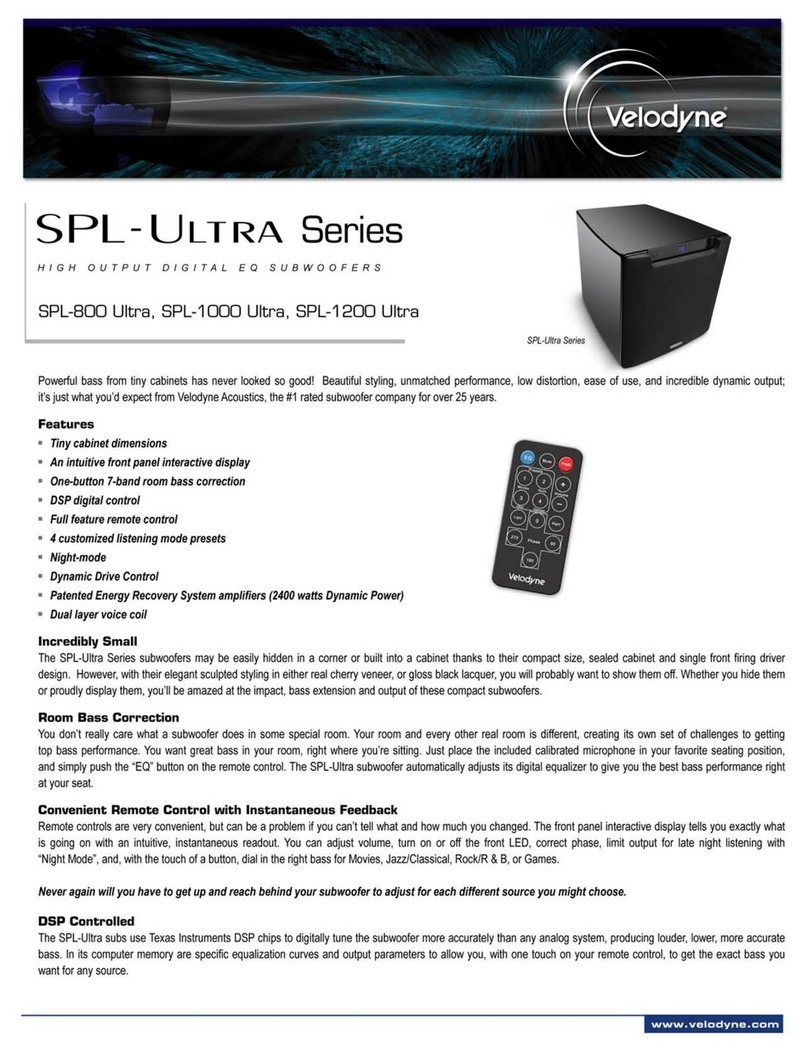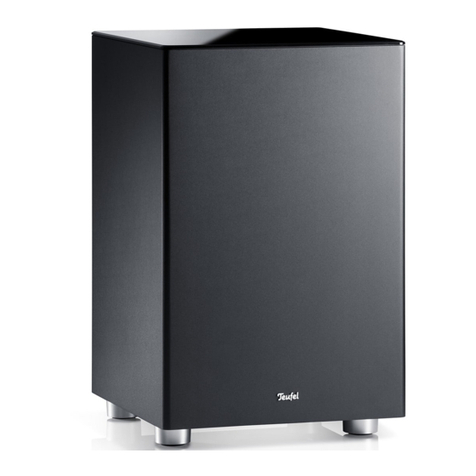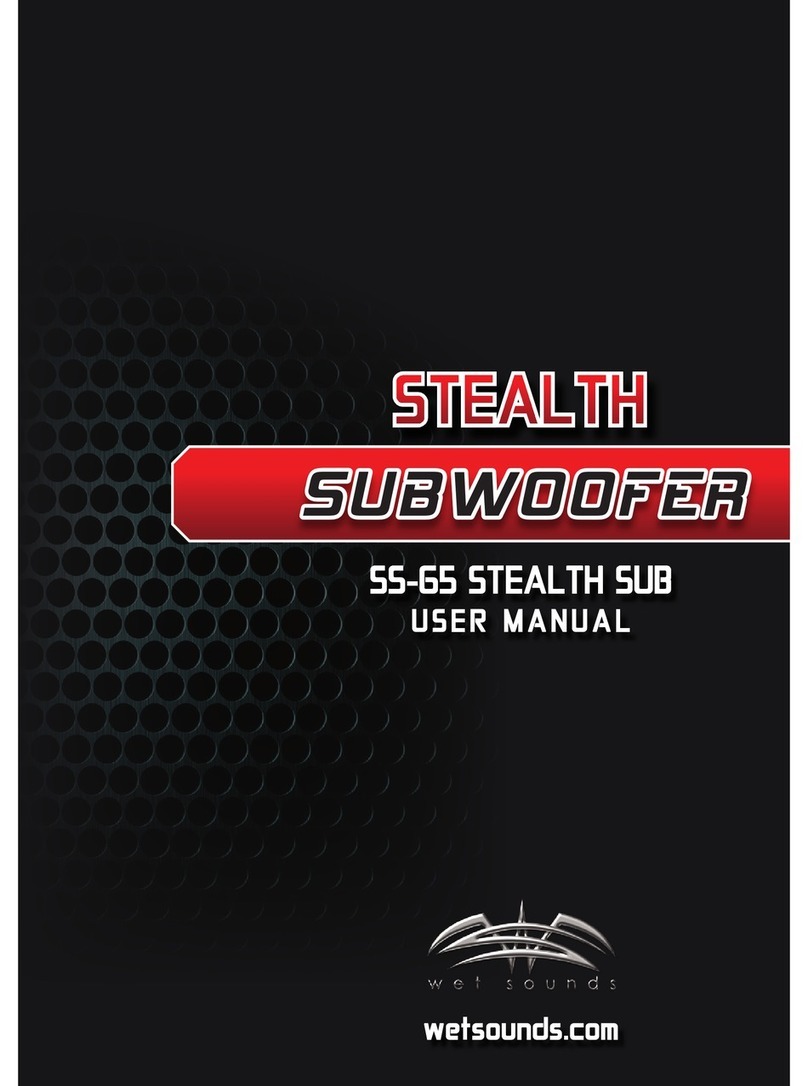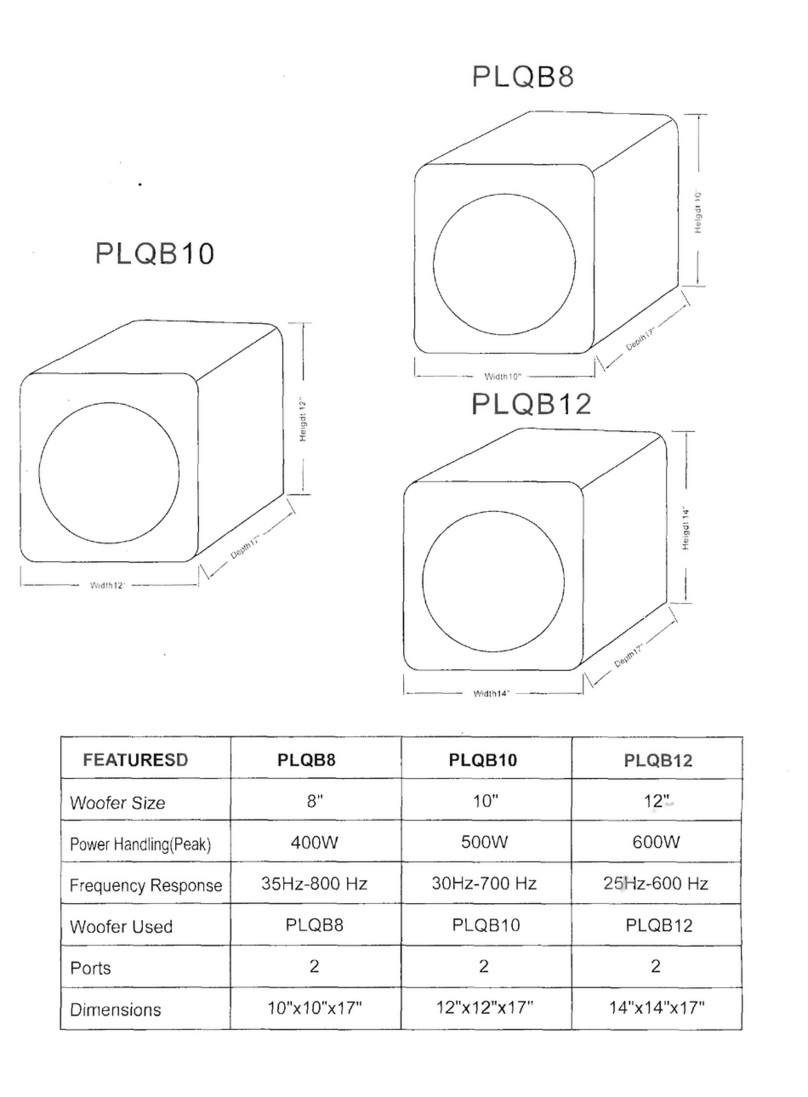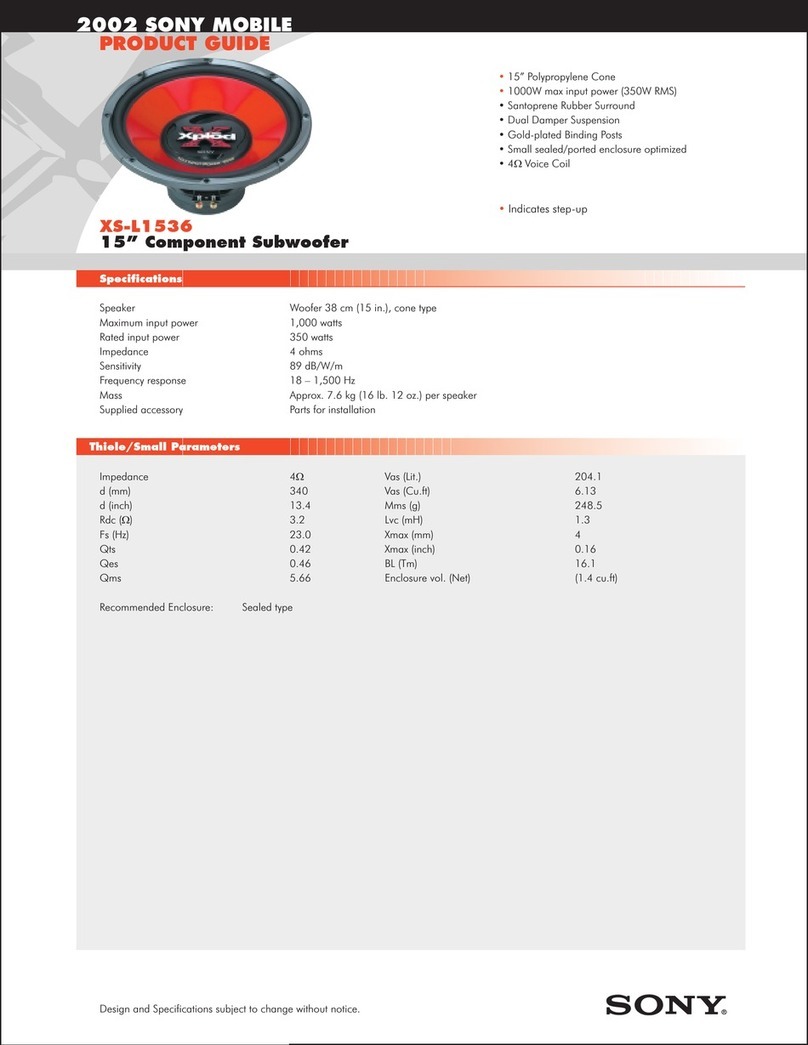
1
SAFETY INSTRUCTIONS
• Explanation of Graphical Symbols
1. Read Instructions - All the safety and operating instructions
should be read before the appliance is operated.
2. Retain Instructions - The safety and operating instructions
should be retained for future reference.
3. Heed Warnings - All warnings on the appliance and in the
operating instructions should be adhered to.
4. Follow Instructions - All operating and other instructions
should be followed.
5. Water and Moisture - To reduce the risk of electric shock,
do not expose this apparatus to rain or moisture – for
example, near a bathtub, washbowl, kitchen sink, laundry
tub, in a wet basement, or near a swimming pool, etc.
6. Carts and Stands - The appliance should be used only with
a cart or stand that is recommended by the manufacturer.
PORTABLE CART
WARNING
7. Wall or Ceiling Mounting - The appliance should be mount-
ed to a wall or ceiling only as recommended by the manu-
facturer.
8. Ventilation - The appliance should be situated so that its
location or position does not interfere with its proper venti-
lation. For example, the appliance should not be situated
on a bed, sofa, rug, or similar surface that may block the
ventilation openings; or placed in a built-in installation, such
as a bookcase or cabinet that may impede the flow of air
through the ventilation openings.
9. Heat - The appliance should be situated away from heat
sources such as radiators, stoves, or other appliances that
produce heat.
10. Power Source - The appliance should be connected to a
power supply only of the type described in the operating
instructions or as marked on the appliance.
11. Power-Cord Protection - Power-supply cords should be
routed so that they are not likely to be walked on or
pinched by items placed upon or against them, pay-
ing particular attention to cords at plugs, convenience
receptacles, and the point where they exit from the
appliance.
12. Cleaning - The appliance should be cleaned only as rec-
ommended by the manufacturer.
13. Non use Periods - The appliance coupler shall remain
readily operable. The appliance coupler should be dis-
connected from the apparatus when left unused for a
long period of time.
14. Object and Liquid Entry - Care should be taken so that
objects do not fall into and liquids not spilled into the
inside of the appliance.
15. Damage Requiring Service - The appliance should be ser-
viced by qualified service personnel when:
a. The power-supply cord or the plug has been dam
aged; or
b. Objects have fallen onto, or liquid has been spilled into
the appliance; or
c. The appliance has been exposed to rain; or
d. The appliance does not appear to operate normally or
exhibits a marked change in performance; or
e. The appliance has been dropped, or the cabinet
damaged.
16. Servicing - The user should not attempt to service the
appliance beyond those means described in the operat-
ing instructions. All other servicing should be referred to
qualified service personnel.
17. Grounding or Polarization - The precautions that should be
taken so that the grounding or polarization means of an
appliance is not defeated.
APPLICABLE FOR USA, CANADA OR WHERE
APPROVED FOR USAGE
CAUTION: TO PREVENT ELECTRIC SHOCK, MATCH
WIDE BLADE PLUG TO WIDE SLOT, INSERT FULLY.
ATTENTION: POUR EVITER LES CHOCS
ELECTRIQUES, INTRODUIRE LA LAME LA PLUS LARGE
DE LA FICHE DANS LA BORNE CORRESPONDANTE
DE LA PRISE ET POUSSER JUSQU AU FOND.
The lightning flash with arrowhead symbol, within
an equilateral triangle, is intended to alert you to the
presence of uninsulated “dangerous voltage” within the
product’s enclosure that may be of sufficient magnitude
to constitute a risk of electric shock to persons.
The exclamation point within an equilateral triangle
is intended to alert you to the presence of important
operating and maintenance (servicing) instructions in
the literature accompanying the appliance.
CAUTION: To reduce the risk of electric
shock, do not remove cover (or back). No
user-serviceable parts inside. Refer servic-
ing to qualified service personnel.
